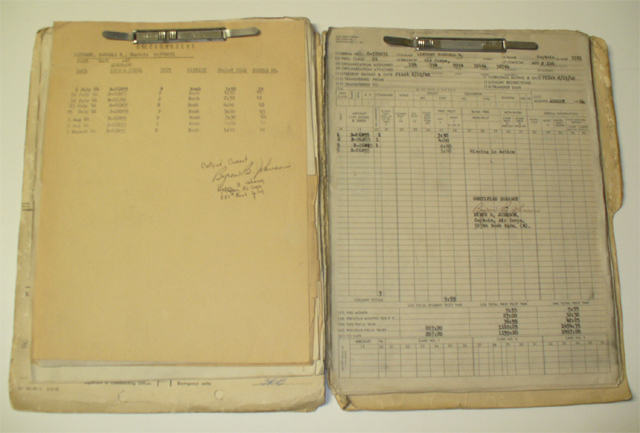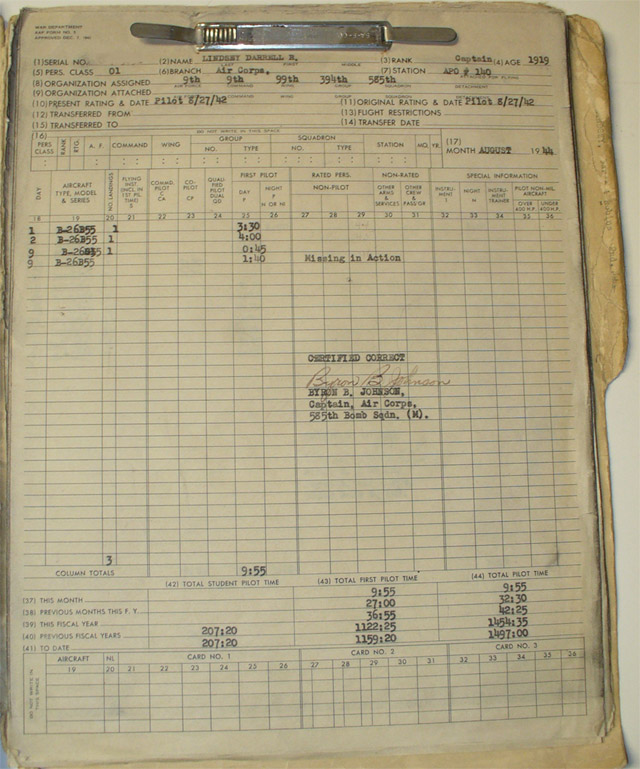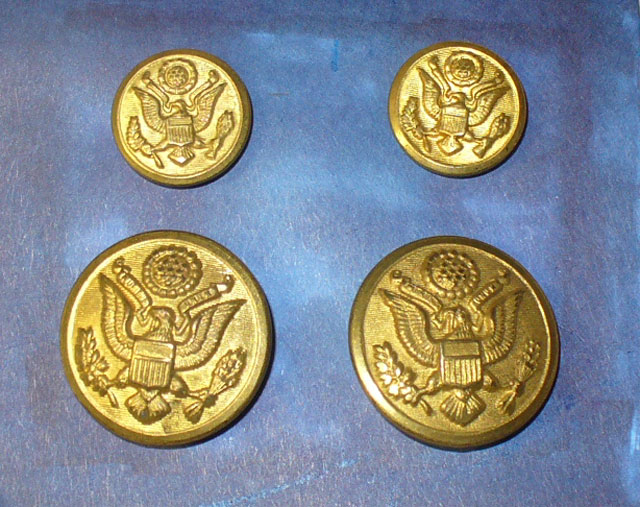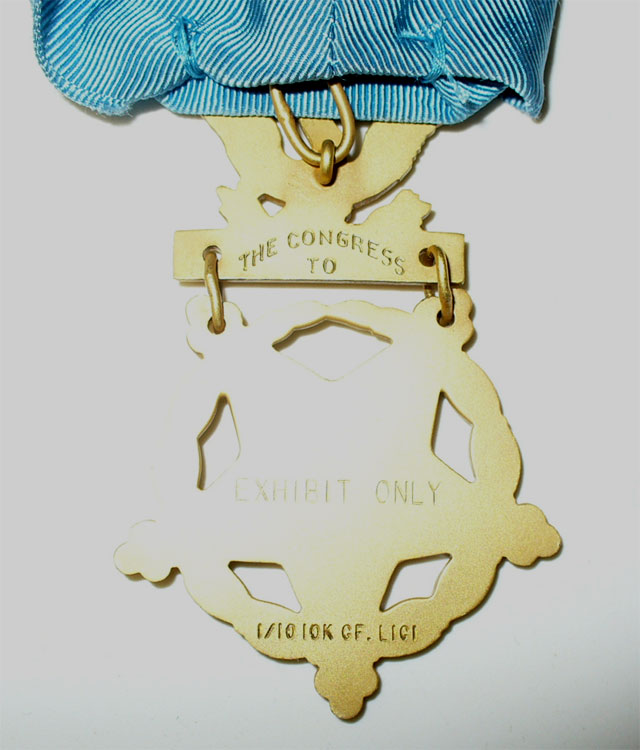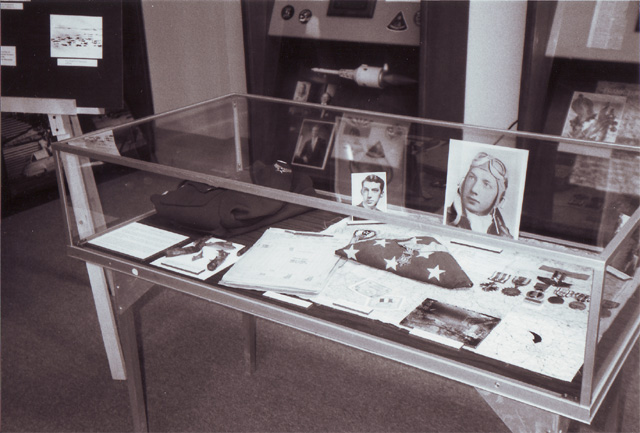|
|
Guest Book | Pages & Links |
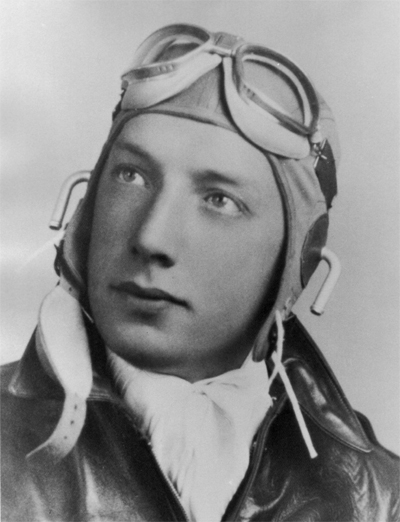
| By John L. Frisbee The Bridge at L'Isle Adam In early 1944, the 394th Bombardment Group flew its B-26 Martin Marauders from Kellogg Field, Mich., to England. The 394th entered combat in March, joining other medium bomb groups and fighter-bombers in attacking German defenses and transportation in preparation for the invasion that everyone--Germans and Allies alike--knew was coming. After D-Day, the 394th continued to bomb targets in northern France, supporting the Allied advance from the Normandy beachheads.
On Aug. 7, the Germans launched a counteroffensive aimed at securing Avranches, on the west coast of France. There they hoped to anchor a line that would confine the Allies to areas already held in Normandy and the Cotentin Peninsula. A key element for the German armies was transportation to move desperately needed supplies and reinforcements to the front. Most of the bridges over the Seine had been knocked out. One link that remained was the railroad bridge over the Oise River at L'Isle Adam, a few miles north of Paris. It was heavily defended by many batteries of 88-mm guns--a major threat to the B-26s that normally bombed from an altitude of 10,000 to 12,000 feet.
Ninth Air Force sent the 394th against the bridge on Aug. 9. Leading 30 B-26s was 25-year-old Capt. Darrell Lindsey, one of the group's veteran pilots. He had gone through both pilot and bombardier training and had flown Marauders at MacDill Field, Fla., before joining the 394th as a flight commander in September 1943. This was Lindsey's 46th mission, bringing him to 143 combat hours. He was known for his skill as a pilot and for coolness under fire. Both would be tested that day.
On reaching enemy territory, the formation encountered heavy flak, which continued with few interruptions as they approached the target area. Lindsey maneuvered the bombers past successive barrages with only minor damage. Before starting the bomb run, Lindsey's lead plane was hit, but was able to hold course. Worse was yet to come. On the bomb run, his right engine took a direct hit and burst into flame. The concussion hurled the B-26 out of formation, but Lindsey regained control and resumed the lead, his right wing sheathed in flame. The wing tank could explode at any moment, but rather than giving the signal to bail out and disrupt the formation at this critical point, Lindsey elected to continue the attack. This was a target that could help turn the tide of battle in Normandy. Immediately after "bombs away," Lindsey ordered the crew to jump while he held the flaming Marauder in a steady descent. The last crewman to leave the plane was the bombardier. As he crawled out of the nose, he shouted that he would lower the landing gear so Lindsey could bail out from the nose of the aircraft.
Using all his piloting skill, Lindsey was barely able to keep control of the doomed bomber, its right wing now totally engulfed in flame. He knew that lowering the gear might throw the plane into an uncontrollable spin, probably making it impossibie for the bombardier to bail out. He told the man to leave through a waist window while the aircraft was still under control. By all logic, the tank should have blown by this time. It might hold long enough for the bombardier to jump. lt did, but before Captain Lindsey could leave the cockpit, the wing tank exploded. The B-26 went into a steep dive and hit the ground in a bail of fire. For destroying four railroad bridges and an ammunition dump between Aug. 7 and 9, the 394th Group received a Distinguished Unit Citation. For his heroism and self-sacrifice on Aug. 9, Capt. Darrell Lindsey was awarded the Medal of Honor posthumously. He was the only Marauder crew member to be so honored in World War II. Uncharacteristic of the formal, stilted citations for combat awards, the citation for Lindsey's Medal of Honor ends with these words: "All who are living today from this plane owe their lives to the fact that Captain Lindsey remained cool and showed supreme courage in this emergency." For him, completing the mission came first, the safety of his crew second, his own survival last. He was a leader in the finest tradition of the American military services. Published January 1990. Medal of Honor and other items relating to Lindsey are at the Greene
County Historical Society in Iowa. I don’t have an e-mail or phone number
but their address is 219 E. Lincolnway St., Jefferson, IA 50129-2205. Lindsey 1: A picture from Fort Dodge High School, 1938
Lindsey 2: Unknown
Lindsey 3: Unknown Lindsey 4: Appears to have been a photograph taken while he was in pilot training. Lindsey 5: Lindsey’s widow Evalyn at the entrance to Lindsey Air Station, Wiesbaden, Germany. The station was named for Darrell R. Lindsey and has since been closed. Lindsey 6: Strike photo of the Lisel-Adam bridge taken on
August 9, 1944. It was Lindsey’s last mission and the one for which he was
awarded the Medal of Honor.
|
